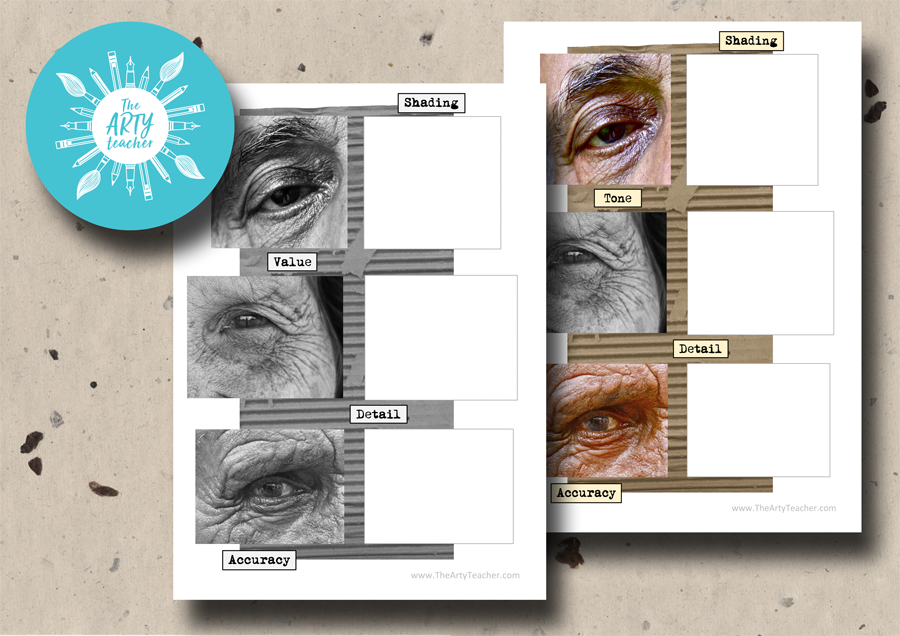
How to Become an Illustrator
What is an Illustrator?
An illustrator is an artist who creates artwork to accompany or enhance written content. Their illustrations can appear in books, magazines, advertisements, websites, packaging, and other media to convey ideas, tell stories, or provide visual explanations.
What Skills does an Illustrator need?
To become an illustrator, you’ll need to be really good at drawing and painting, and you should also have a vivid imagination to bring stories and ideas to life through your artwork. Practising and experimenting with different styles will help you become a fantastic illustrator.
What Qualification does an Illustrator Need?
While there isn’t a strict set of qualifications to become an illustrator, certain skills and attributes are highly beneficial. Typically, illustrators possess a strong foundation in art, often honed through formal education such as a degree in fine arts, illustration, or a related field. A diverse skill set in drawing, painting, digital illustration, and design software like Adobe Illustrator or Photoshop is essential. Creativity, imagination, and a keen eye for detail are crucial to effectively communicate ideas visually. Strong communication skills and the ability to collaborate with clients or a creative team are also valuable. Many successful illustrators continuously refine their craft through practice, self-study, and staying updated on industry trends and techniques. Additionally, a robust portfolio showcasing a range of styles and projects often serves as a testament to an illustrator’s abilities and can significantly enhance their prospects in the field.
Types of Illustrator
llustrators can specialise in various styles and mediums, allowing them to cater to different industries and preferences. Here are a few types of illustrators:
- Children’s Book Illustrator: Specialises in creating illustrations for children’s books, employing vibrant colors, whimsical characters, and engaging storytelling visuals.
- Editorial Illustrator: Works on illustrations for newspapers, magazines, and online publications, often creating images that accompany articles or stories to visually represent the content.
- Fashion Illustrator: Focuses on creating illustrations for the fashion industry, showcasing clothing designs, accessories, and trends using various artistic techniques.
- Technical Illustrator: Creates illustrations that explain complex concepts, products, or processes in a clear and visually understandable manner, often found in instructional manuals or scientific publications.
- Concept Artist: Works in the entertainment industry (such as video games, movies, and animation) to visualize and conceptualize characters, environments, and key scenes for storytelling purposes.
- Freelance Illustrator: Many illustrators work independently, taking on a variety of projects across different industries, allowing them to develop their unique style and work on diverse assignments.
Each type of illustrator may have a distinct style, preferred medium, and focus area, but many illustrators have skills that overlap or can adapt to various illustration needs.
How to Start Building a CV to Become an Illustrator
If you are interested in becomeing an illustrator, there are plenty of things you can start doing to build a strong CV.
- Art Classes and Programs: Opt for art! Explore different mediums such as drawing, painting, digital art, and graphic design. Participation and achievements in art-related programs can be highlighted on the CV.
- Extracurricular Art Activities: Join art clubs and participate in art competitions. Any involvement in art-related extracurricular activities demonstrates passion and dedication.
- Get Illustrating! Contribute illustrations to the school newspaper, magazine and/or website.
- Create a Portfolio: Start building an art portfolio showcasing various styles, mediums, and projects. Include personal artwork, class assignments, and any freelance or commissioned work done outside of school. This could be a physical portfolio or online portfolio.
- Seek Mentorship or Guidance: Approach art teachers or mentors for advice, feedback, and guidance on improving artistic skills. Their recommendations or testimonials can be valuable additions to the CV.
- Attend Workshops or Art Events: Look for workshops, art camps, or local art events to expand knowledge and skills. Participation in these events can demonstrate a proactive approach to learning.
- Online Presence: When you are ready, create an online portfolio or showcase artwork on platforms like Behance, DeviantArt, or personal websites. Include links to these portfolios on the CV.
- Freelance or Volunteer Work: Offer illustration services to school clubs, organizations, or local businesses for flyers, posters, or other promotional materials. Document these experiences on the CV.
- Network with Professionals: Attend art exhibitions, conferences, or events where professional illustrators gather. Networking can lead to mentorship opportunities or insights into the industry.
Remember, the focus should be on showcasing artistic skills, passion, and dedication to illustration through various experiences and accomplishments within and outside of the school environment. Assembling a strong portfolio and documenting relevant experiences will greatly strengthen the illustrator’s CV.
Learn more about Art Careers.
Popular Art Lessons
If you have enjoyed this article about ‘How to Become an Illustrator’, why not register to receive my newsletter and hear about future articles? You’ll be able to download 3 of my free art lessons every month too.













